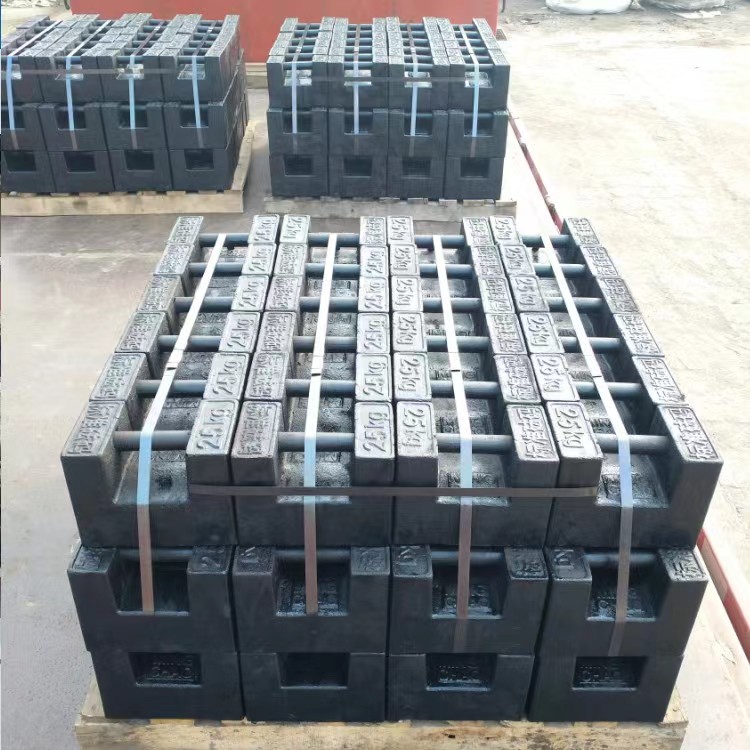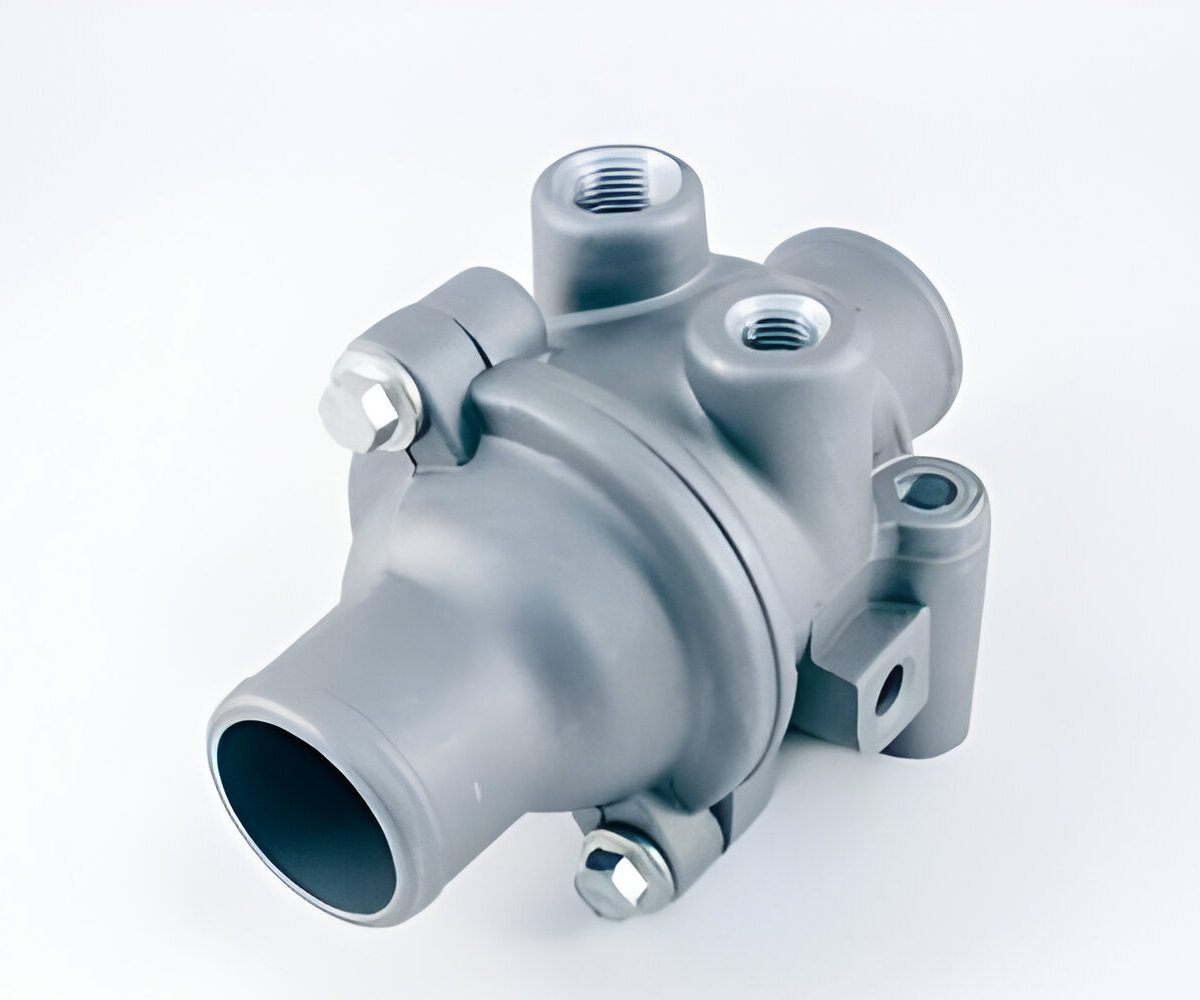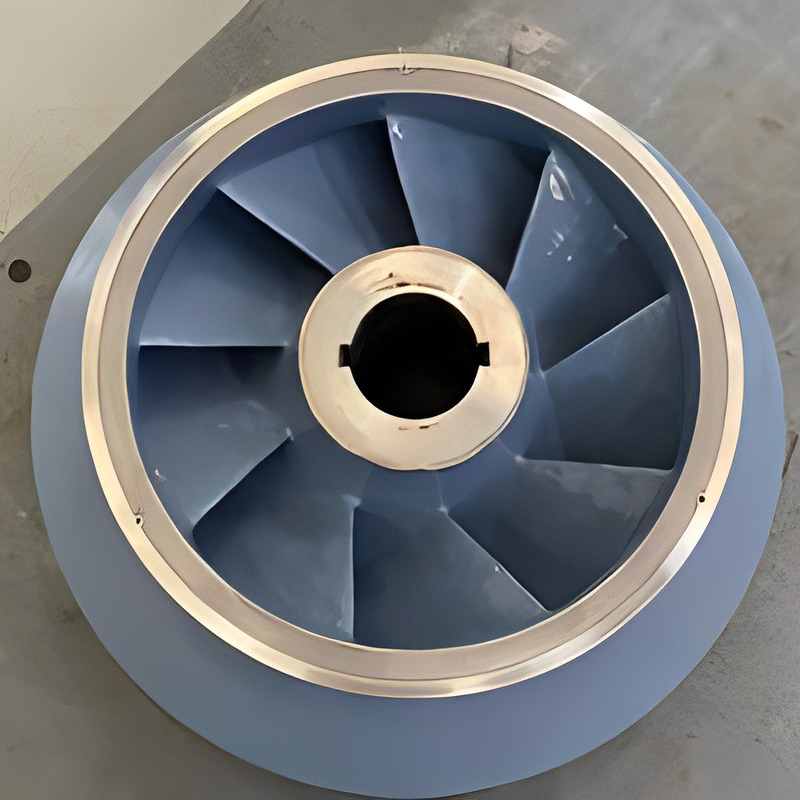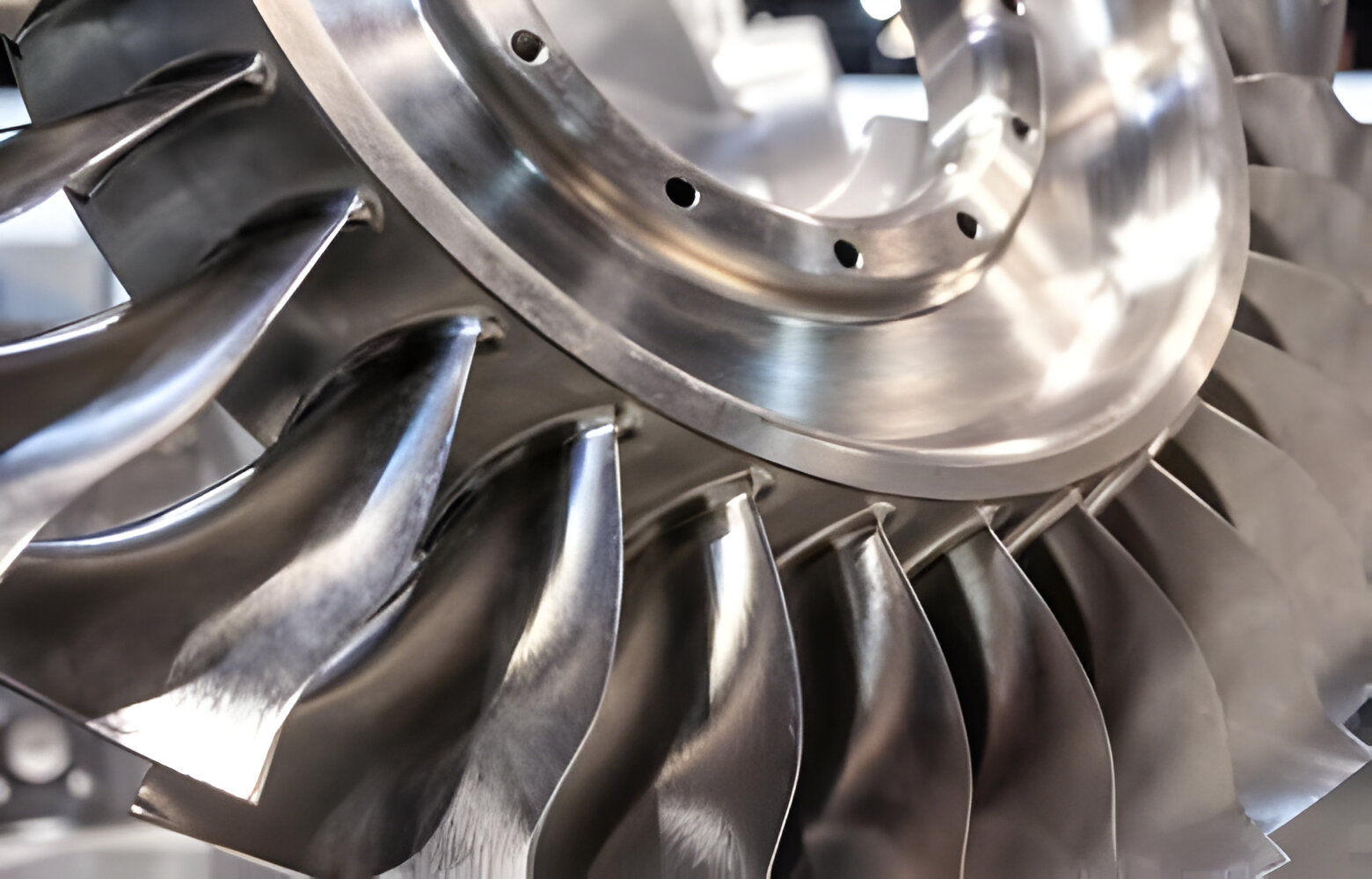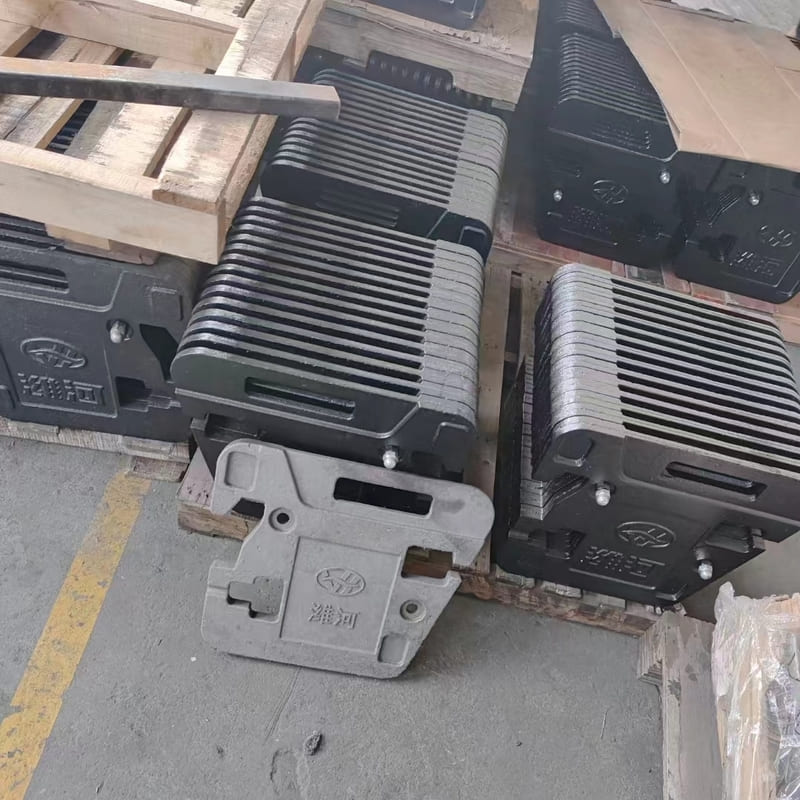Elevators are essential components of modern buildings, facilitating smooth vertical transportation and accessibility. Behind the seamless movement of elevators lies a complex system of counterweights, crucial for ensuring stability, efficiency, and safety. In this article, we delve into the world of elevator counterweights, exploring their significance, functionality, and why they matter in elevator design and operation.
Elevator Counterweights: Understanding Their Role
Elevator counterweights are integral to the safe and efficient operation of elevators. These counterweights are designed to balance the weight of the elevator car and its occupants, ensuring smooth movement along vertical shafts. Without counterweights, elevators would be significantly less energy-efficient and more prone to issues such as excessive wear and tear on components.
The Role of Elevator Counterweight Weight
One of the critical factors in elevator counterweight design is determining the appropriate weight. The weight of the counterweight must be carefully calibrated to offset the weight of the elevator car and its passengers. If the counterweight is too light, the elevator may struggle to ascend, leading to delays and increased energy consumption. Conversely, if the counterweight is too heavy, it may cause the elevator to descend too rapidly, posing a safety risk to passengers.
Counterbalance Elevator: Enhancing Efficiency and Safety
The concept of counterbalance elevators revolves around the principle of counterweights balancing the weight of the elevator car. By utilizing counterweights, these elevators minimize the amount of energy required to lift and lower the car, resulting in greater efficiency and lower operating costs. Additionally, counterbalance elevators are inherently safer, as the counterweights help stabilize the car, reducing the risk of sudden movements or malfunctions.
Elevator Counterweights: Key Components for Stability
Elevator counterweights consist of heavy materials such as concrete, steel, or cast iron, chosen for their density and durability. These materials provide the necessary mass to offset the weight of the elevator car, ensuring smooth and controlled movement. Additionally, counterweights are meticulously engineered to precise specifications to guarantee optimal performance and safety.
Lift Counterweights: Custom Solutions for Every Application
At KT Foundry, we specialize in manufacturing elevator counterweights tailored to the unique requirements of each project. Our team of skilled engineers and technicians works closely with clients to design and produce lift counterweights that meet or exceed industry standards. Whether you need standard counterweights for residential elevators or custom solutions for commercial or industrial applications, we have the expertise and capabilities to deliver.
Elevator Balance Weight: Ensuring Precision and Reliability
Precision is paramount when it comes to elevator balance weights. Even minor deviations in weight or dimensions can have significant implications for elevator performance and safety. At KT Foundry, we utilize advanced manufacturing techniques and quality control measures to ensure that our elevator balance weights meet the highest standards of accuracy and reliability. Customers can trust our products to deliver consistent performance and long-term durability.
Elevator Counterweights: Partnering for Success
When it comes to elevator counterweights, choosing the right partner is essential. At KT Foundry, we are committed to excellence in quality, innovation, and customer service. With our extensive experience and dedication to meeting the unique needs of each client, we have earned a reputation as a trusted leader in the industry. Contact us today to learn more about our elevator counterweights and how we can support your project.

